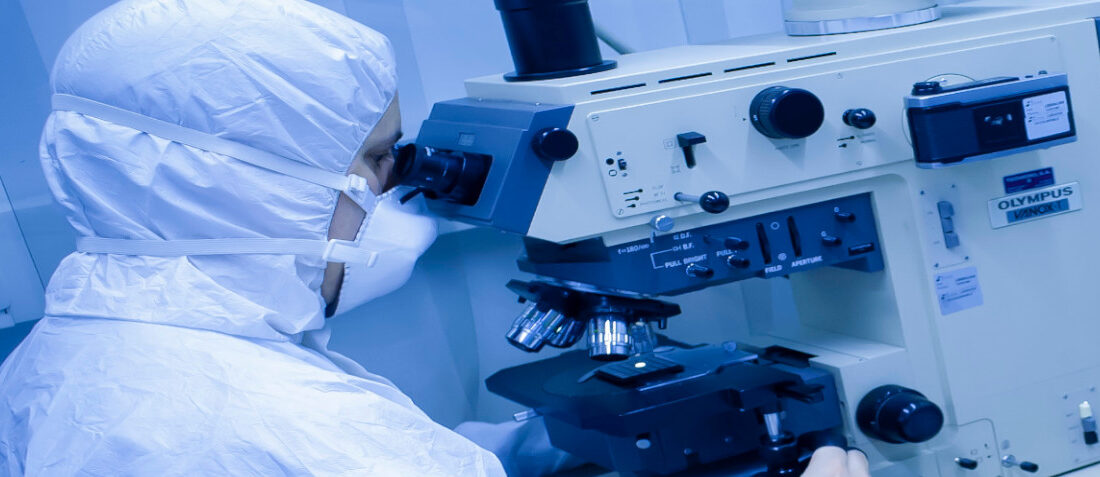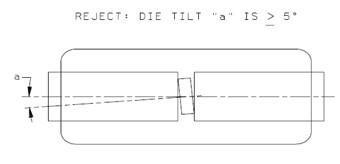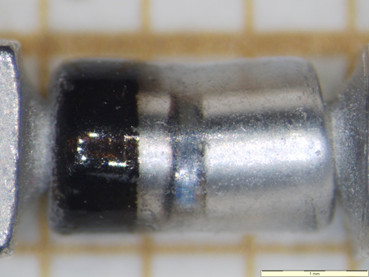
Internal Visual Inspection of Hi-Rel EEE Parts
- Posted by David Ramirez - Cruzado
- On November 6, 2020
- 0
The aim of the internal visual inspection, a destructive test, is to demonstrate that the internal materials, design, construction, and assembly of EEE parts are following the applicable acquisition document. This test can also be performed to examine unsealed devices before capping to verify that no damage and/or defects have appeared as a result of prior testing (Pre-cap Inspection).
It is intended principally as a screening test to detect processing and assembly faults in components, as well as to allow the removal of defective components before capping. The magnification to be used, the area to be inspected, and the faults to be looked for can vary significantly from one component type to another; however, the appropriate specifications, test methods and standards added to the experience of the inspector carrying out the test serve as guidance during the inspection.

FIGURE: MIL-STD-750E, Test Method 2074 D.1.3 Alignment

FIGURE: Hard glass diode showing tilted die/plugs
To perform internal visual inspections, the devices are opened using techniques that do not damage or contaminate their internal structure (see Decapsulation Analysis). A wide range of optical instruments is available for performing optical inspections using bright-field and dark-field illumination, differential interference contrast, etc.
GET IN TOUCH TODAY!
Do you have questions? Contact us!
- Internal Visual Inspection of Hi-Rel EEE Parts - November 6, 2020
- What is an External Visual Inspection? - May 21, 2020
- Identifying Leakage Pathway with a Penetrant Dye Gross Leak Test - March 13, 2019

0 comments on Internal Visual Inspection of Hi-Rel EEE Parts